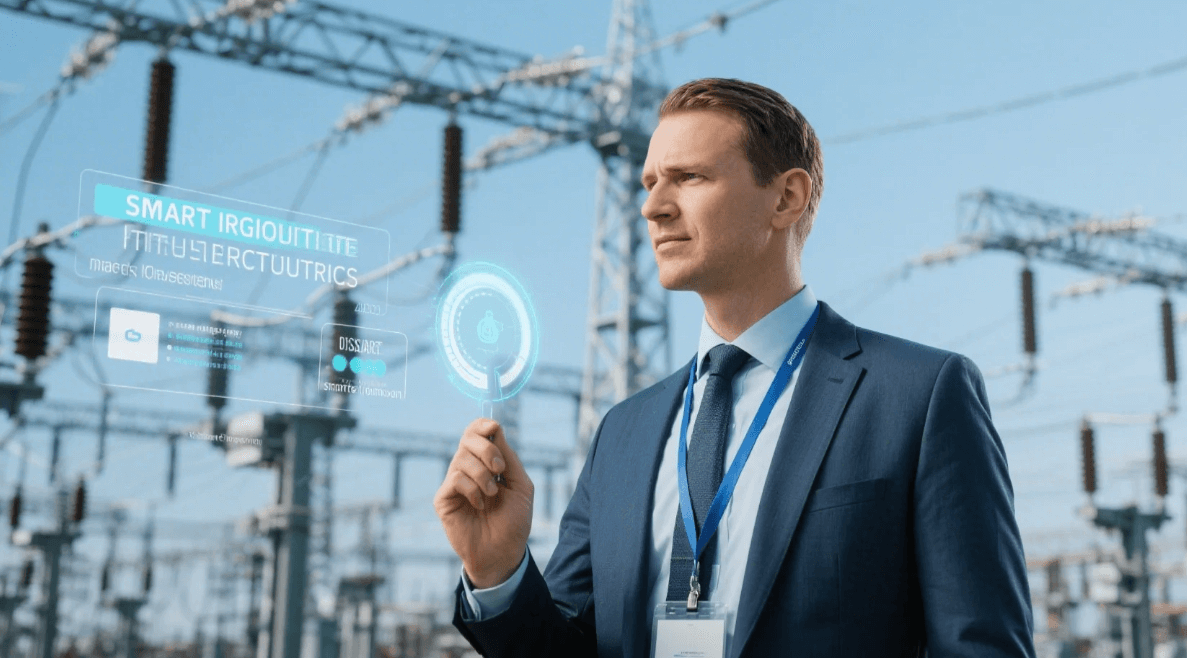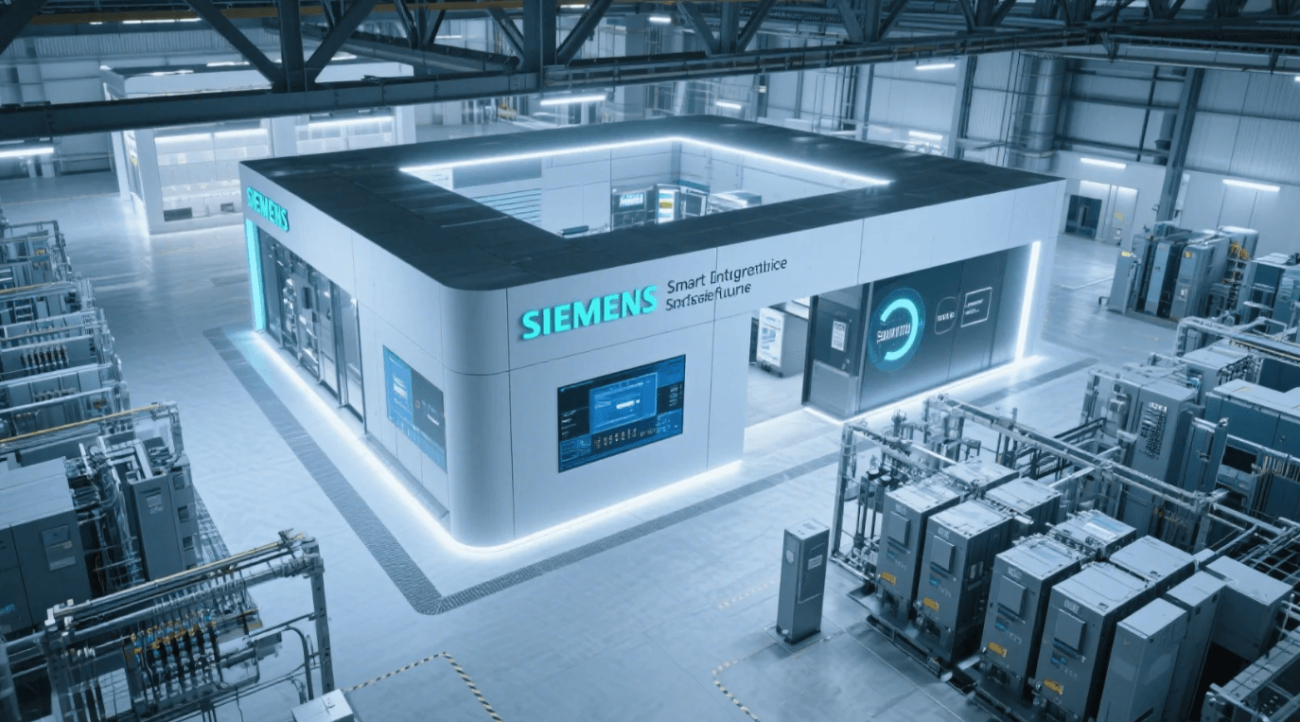Умная инфраструктура: Трансформация электротехнической промышленности для устойчивого будущего

Introduction to Smart Infrastructure
In an increasingly interconnected world, the demand for intelligent, adaptive, and efficient solutions has never been higher. Интеллектуальная инфраструктура has emerged as the answer, seamlessly blending physical and digital technologies to create sustainable, responsive systems that enhance the quality of life and optimize resource usage.
What Is Smart Infrastructure?
Интеллектуальная инфраструктура refers to systems that use sensors, data analytics, connectivity, and intelligent automation to improve performance and efficiency in urban environments, buildings, and industrial sectors. By integrating advanced technologies, it enables smarter decision-making, predictive maintenance, and optimized operations.
Key Advantages of Smart Infrastructure
1. Enhanced Energy Efficiency
Through real-time monitoring and control, Интеллектуальная инфраструктура ensures energy is utilized efficiently, significantly reducing wastage and operational costs.
2. Predictive Maintenance
By collecting and analyzing data, these systems can predict equipment failures before they occur, minimizing downtime and saving on expensive repairs.
3. Improved Sustainability
Adopting Интеллектуальная инфраструктура supports environmental goals by reducing carbon emissions, conserving resources, and enabling greener cities.
4. Increased Operational Resilience
With smart grids and automated controls, infrastructure becomes more resilient against disruptions, ensuring uninterrupted service delivery.
Why Smart Infrastructure Matters in the Electrical Industry

The Growing Demand for Automation
With industries rapidly shifting towards automation, Интеллектуальная инфраструктура provides the backbone for intelligent energy management and distribution.
Emphasis on Sustainability
Governments and corporations worldwide are prioritizing sustainable development. Smart solutions help electrical companies meet stringent regulatory requirements while promoting eco-friendly practices.
Digitalization of Energy Systems
The transition from traditional grids to smart grids relies heavily on Интеллектуальная инфраструктура, allowing for two-way communication, demand response, and decentralized energy production.
Applications of Smart Infrastructure in the Electrical Sector
Smart Grids
Smart grids enhance the reliability, efficiency, and sustainability of electricity distribution networks, enabling better demand management and fault detection.
Intelligent Buildings
Включение Интеллектуальная инфраструктура into building management systems optimizes lighting, HVAC, and security systems for maximum efficiency and occupant comfort.
Renewable Energy Integration
Smart technologies facilitate the seamless integration of solar, wind, and other renewable sources into the existing grid infrastructure.
Future Trends in Smart Infrastructure

Expansion of IoT Integration
The Internet of Things (IoT) will continue to drive Интеллектуальная инфраструктура innovation, connecting millions of devices for real-time data and control.
Rise of AI and Machine Learning
Artificial Intelligence will be increasingly used to analyze vast datasets, offering predictive insights that further enhance system performance and reliability.
Focus on Cybersecurity
As more infrastructure becomes digitalized, ensuring robust cybersecurity measures will be paramount to protect sensitive data and operational integrity.
Challenges Facing Smart Infrastructure
High Initial Investment
Deploying Интеллектуальная инфраструктура often requires significant upfront capital, which can deter small and medium-sized enterprises.
Data Privacy Concerns
The extensive data collection raises legitimate concerns about privacy and data protection that must be carefully managed.
Technological Standardization
The lack of universal standards can impede interoperability and increase complexity in deployment and management.
How Siemens Leads in Smart Infrastructure
Comprehensive Solutions Portfolio
Siemens offers an extensive range of products and services that cover energy distribution, building technologies, and industrial automation under its Интеллектуальная инфраструктура division.
Commitment to Innovation
Through continuous research and development, Siemens ensures its solutions remain at the cutting edge of technological advancement.
Focus on Sustainability
With a clear commitment to environmental responsibility, Siemens integrates sustainability into every aspect of its Интеллектуальная инфраструктура solutions.
Conclusion: The Inevitable Shift to Smart Infrastructure
As the world faces mounting challenges related to urbanization, climate change, and resource management, Интеллектуальная инфраструктура stands out as a vital component in shaping a more sustainable, resilient future. For the electrical industry, embracing these intelligent systems is not merely an option; it is a necessity for future success.
Вопросы и ответы
1. What makes infrastructure “smart”? Smart infrastructure uses advanced technologies like IoT, AI, and real-time data to optimize performance and decision-making.
2. How does Smart Infrastructure contribute to sustainability? It minimizes energy waste, reduces carbon emissions, and promotes efficient resource use, supporting global environmental goals.
3. What industries benefit most from Smart Infrastructure? Electrical, construction, transportation, and utilities sectors benefit significantly from smart technologies.
4. Is Smart Infrastructure cost-effective? Although the initial investment may be high, long-term savings in operational costs and maintenance justify the expense.
5. How does Siemens support Smart Infrastructure deployment? Siemens offers comprehensive solutions, from consulting to implementation, ensuring successful and sustainable smart infrastructure projects.

